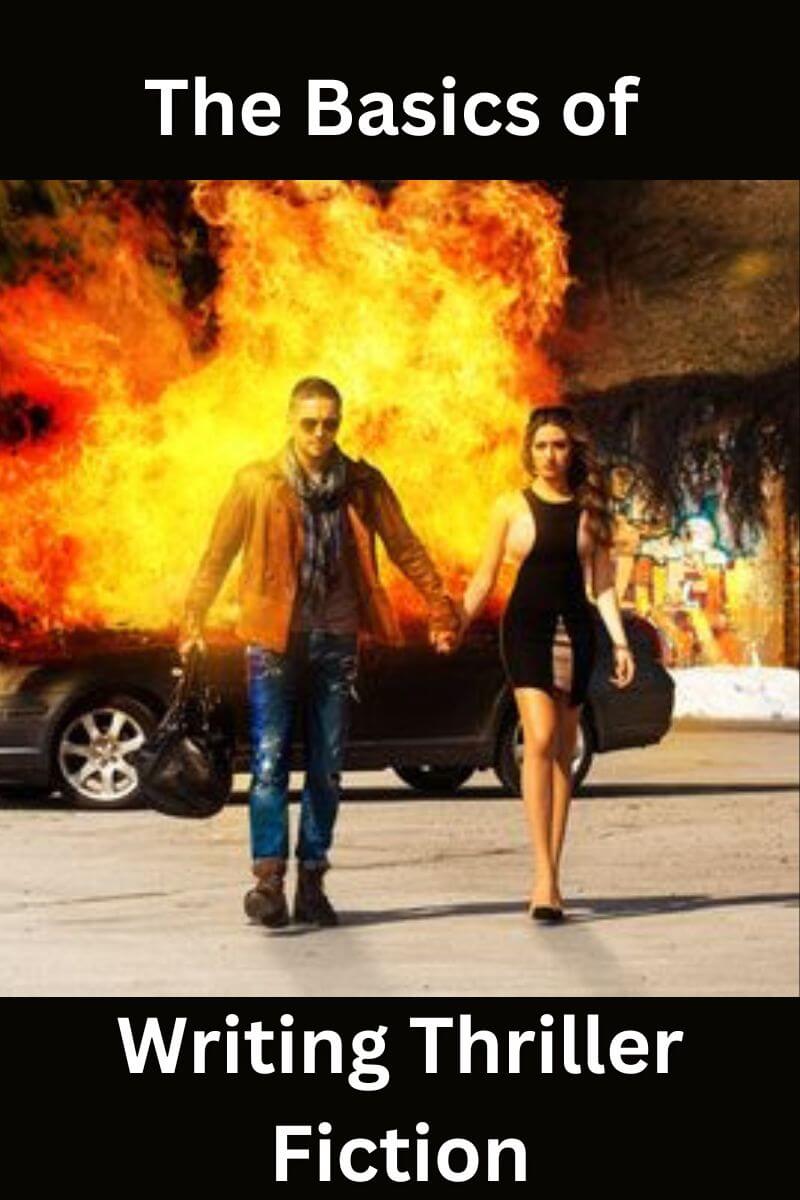Balance AND Archetypals!
Question: I have long since wanted to write a series of novels but the questions that have prevented me from doing so and almost taken my passion away are...
And....
2.) Since reading the article about Archetpals-I think the only Major Archetpals are....Emotion,Reason, the sidekick,the Guardian,the protagonist,the Antagonist and lastly the contagonist which makes me wonder why the series called Heroes of Olympus doesn't make sense to me anymore.
Why it doesn't make sense to me anymore?
Well,because there are like 8 or more Major Archetpals when there should be only 8.
And....if there is only 8 Archetpals-Why dont some fit the roles of the Contagonist and so forth?
Which makes me think what roles do they fit?
To help out in this question-some of the Major Characters I do know of are...Leo,Hazel, Annabeth, Frank,Jason,Piper,and of course we all know Percy Jackson. And... if you haven't read the Epic, long books you can go to Wikipedia and look up the Heroes of Olympus-there they give you a whole,short,detailed overview of the plots n characters. Plz help!
Answer:
1. There's nothing wrong with killing off a character. Sometimes this is done as a Forewarning of what might happen
2. I confess I haven't read the Heroes of Olympus series. However, not every story uses archetypal characters. The archetypes are typical ways of grouping the 16 dramatic functions, by assigning one action element and one decision element to each of the eight characters.
However, a writer can assign the elements in different combinations to make non-archetypal characters. The only rule is that you shouldn't assign two opposing elements to the same character, otherwise he will be arguing with himself.
You can have characters who do not play a dramatic role (and have no elements assigned to them), or perhaps play a dramatic role in a sub-plot but not the main plot. You might assign only one element to each character, giving you 16 characters.
And, although it is not as strong, not every story has characters to represent all the elements.
Consider that stories would become very boring if the archetypes were really obvious in every book. Part of the trick in writing is to dress up the dramatic functions in new disguises so that most readers won't even think about a character's function - just enjoy seeing it in action.
- Home
- Character Questions
- Balance AND Archetypals!











